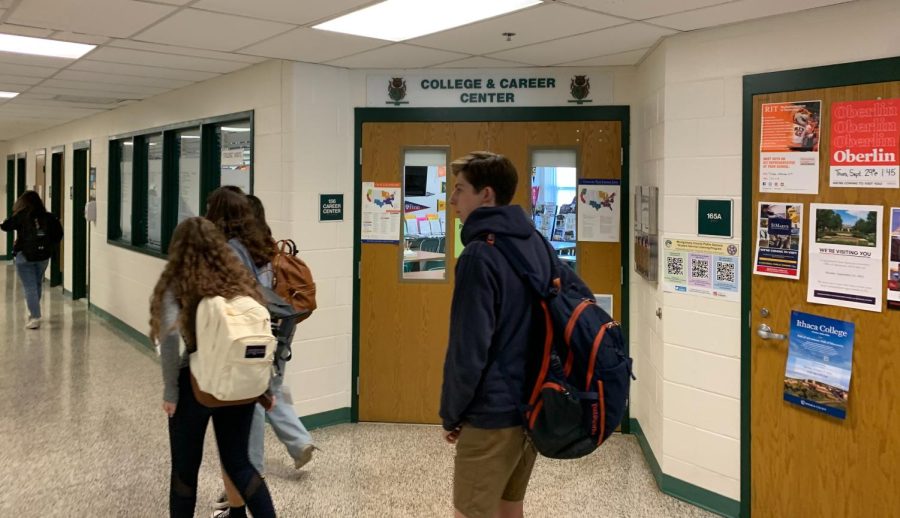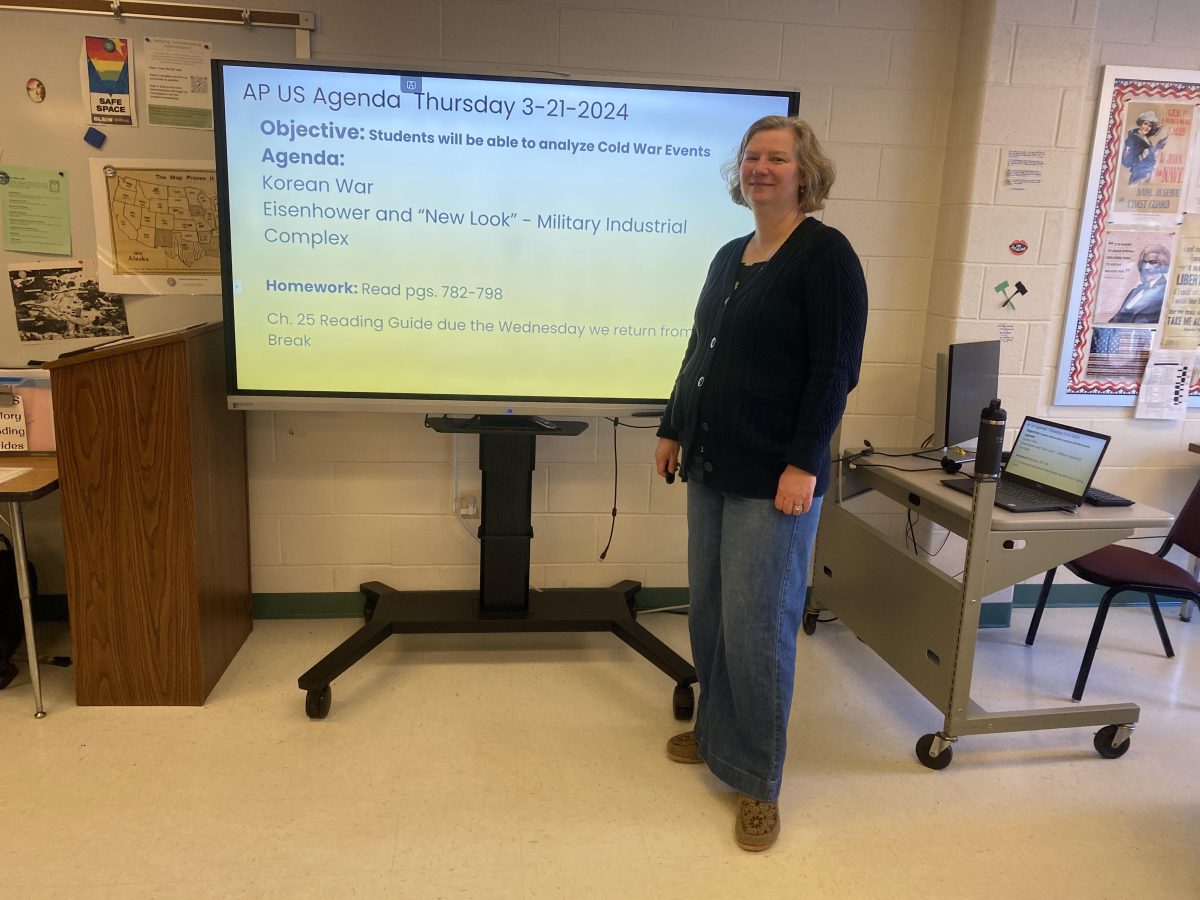College application fever has returned once again. As endless letters, fliers and pamphlets pile up on their front step, the choice of which colleges to apply to can seem like a daunting task. Indeed, it’s one of the most stressful decisions that a highschool senior will make.
Fortunately, parents, friends and counselors are usually quick to offer advice on how to best navigate this formidable burden.
“Start working on essays over the summer.”
“Take time to visit your favorite schools to get a feel for the campus.”
“Don’t apply to too many colleges.”
While the first two are solid pieces of advice and valid for any prospective college student, the last one has always struck a bit of a nerve. After all, how many colleges is too many?
I’m sure everybody has their own idea of what constitutes an overbearing college list, but the sheer saliency of the belief that having more than a certain number of schools is a solely harmful thing is astonishing.
To begin with, it misses the very real differences between various colleges in both their intrinsic qualities and their often highly specialized application policies. After all, not all places of higher education are created equal. They all have unique programs and facilities and thus give students different reasons to apply to them.
Those without a particular preference towards a college’s location, size or proximity to major cities may apply to a wide range of schools across the nation or internationally to find the right academic fit. Those who are the other way around (who know which area of the country they prefer but are undecided on a field of study) may cluster their applications in a particular region.
Furthermore, not all applications are created equal. The school that requires five lengthy essays or an interview takes much more time to prepare for than one that requires no supplementals at all. For those applying to an art or design school, it may take weeks to assemble a portfolio required by many of those institutions, while a state school may require only a personal essay.
The unique requirements of each school demand careful attention by students to ensure that they maximize the amount of time they spend working on their applications to the schools they most want to attend. That means that a delicate balance must be kept between the work put into these schools and the amount of colleges they wish to apply to.
The fact of the matter is that getting into any school is not a certain thing. There are schools that do accept a wider range of applicants than others, but there is so much variability in the application process that giving oneself a wide range of universities to choose from is not just a prudent decision, but practically a requirement. Tastes and desires change greatly and there’s no good reason to let one’s limited application selection in November of one year lead to a dearth of choices in the April of the next.
Now, there’s one all around awful part of the college application process, and that’s the exorbitant costs of applying to schools. Whether it is to visit universities, send transcripts and standardized test scores or even just submit the basic application, the truth is that the raw sum required to apply to universities is just an unfair barrier to many students that keeps them from applying to more schools. It’s a deeply unjust practice, but certainly not a surprising move considering the unbelievable greed exhibited year round by many educational corporations, such as the College Board.
The college application process is difficult enough without added pressure brought upon applicants by others who are not totally familiar with their specific workload. So when October comes around and you’re trying to narrow down your list of schools, don’t hesitate to look beyond just the number and keep in mind what it is you want.







